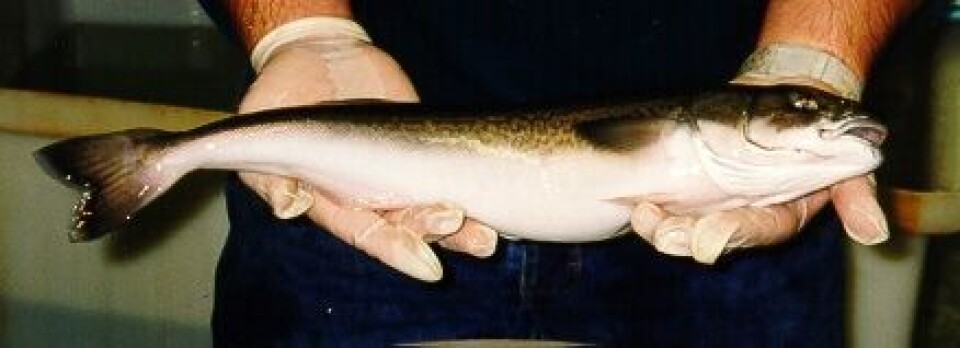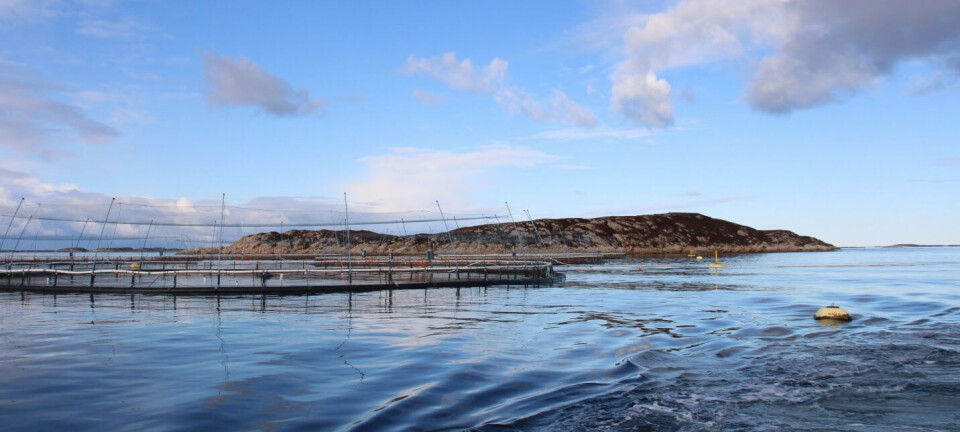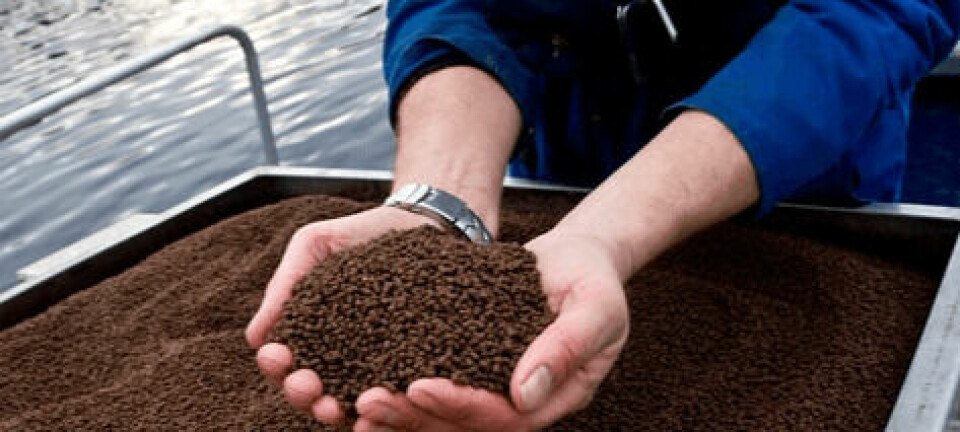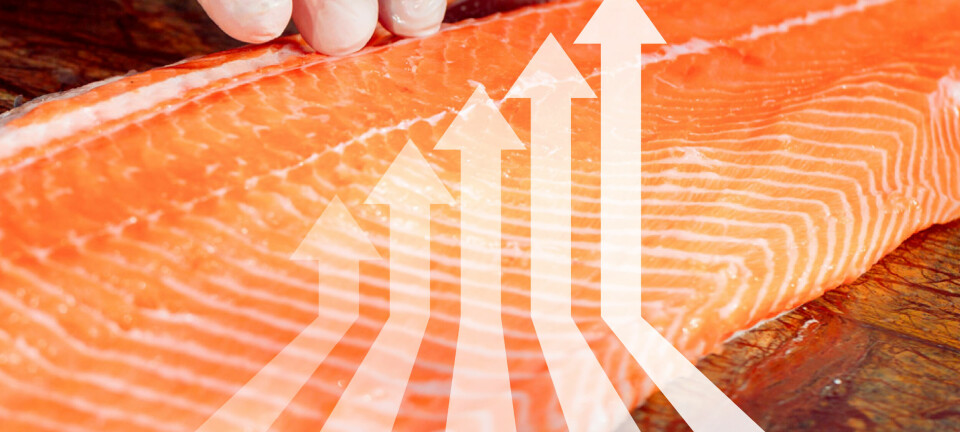
US demand for live fish growing
The only type of fish that is considered to be “fresh” in seafood restaurants in places like Hong Kong is a live fish. Increasingly, this is becoming the norm in many cities in North America as well, spurring the growth of aquaculture projects aimed at satisfying this market, an example of which was explained by the WDBJ7-TV station in Virginia;
In a country where shrimp and salmon are king, Tilapia is quickly joining the ranks. Bill Martin is the founder and CEO of Blue Ridge Aquaculture in Martinsville. The company is the largest indoor producer of the farm-raised fish. In the mid 80's Martin dabbled in the catfish businesses. With no success, he switched to Tilapia by the early 90's. Today his company produces four million pounds a year. "They go to Washington DC, New York, Boston and then to Toronto. We have one truck that runs up the East Coast and one goes straight to Toronto," says Martin.
Each day, 10,000 to 20,000 fish leave the local facility....alive. It seems the demand for live fish is growing particularly in areas that have a booming Asian and Hispanic population. As for plans to start selling Tilapia to local stores, the company is hoping that'll happen in the next three years. "We're now bringing investors in to develop this next building which will allow us to have a presence in the filet market in the United States and we'll see how that develops," says Martin. From the time they're mere eggs to full fledged fish (weighing over a pound), Martin says mercury, antibiotics or hormones never enter the equation. "Well, it's very healthy for you, if you want to feed your child, this isn't what you want to feed them this mercury," says Martin. To say business is rapidly swimming the company estimates it garners about 20 percent of the domestic fish market and it's finding it's quite nice to be a big fish in a small pond. Workers are also extremely pound of the company's ability to be self-sustaining. Blue Ridge recycles about 85 to 90 percent of it's water (used by the fish) It also captures its own waste and does not rely on the ocean to feed its Tilapia.























































